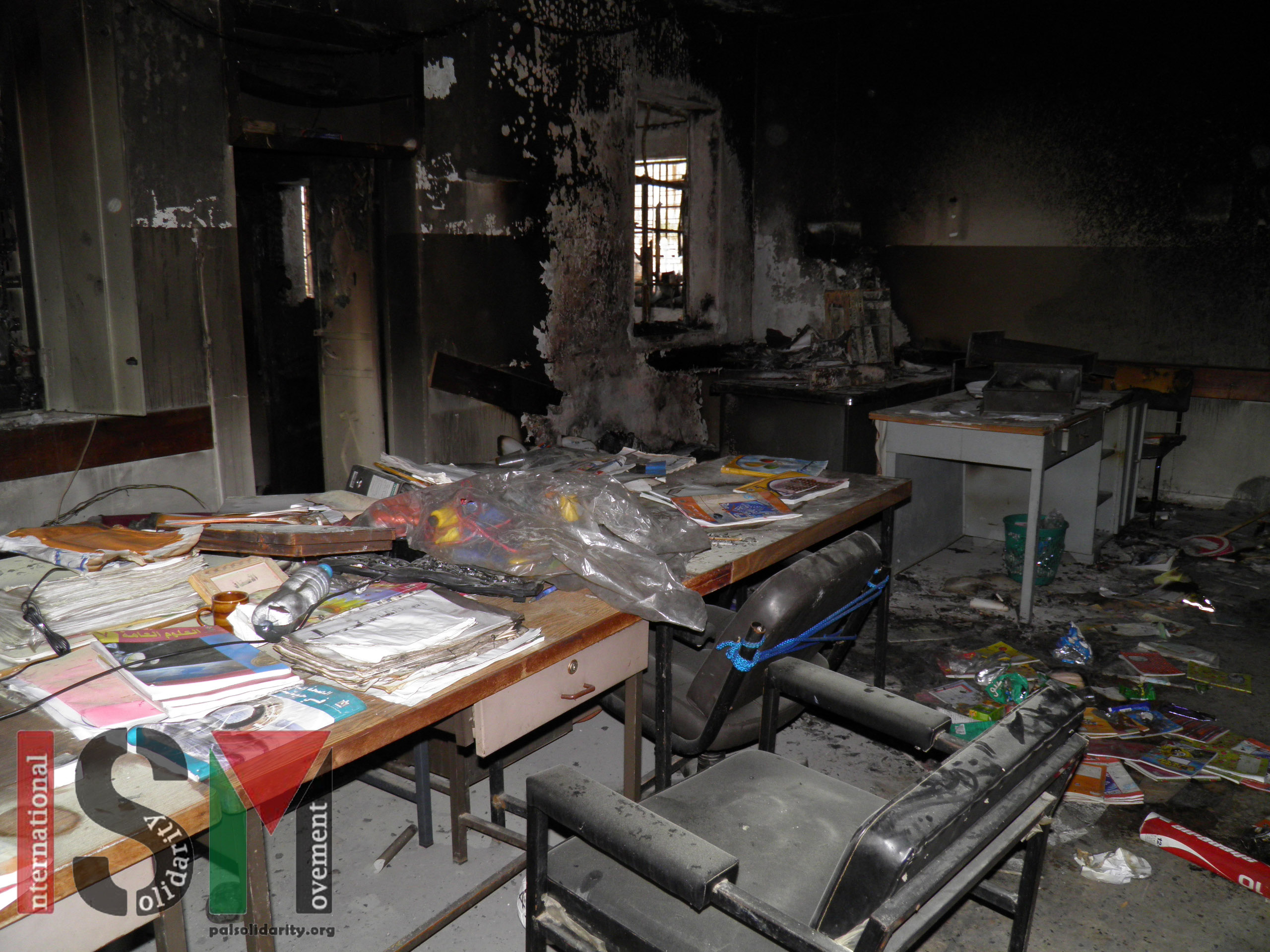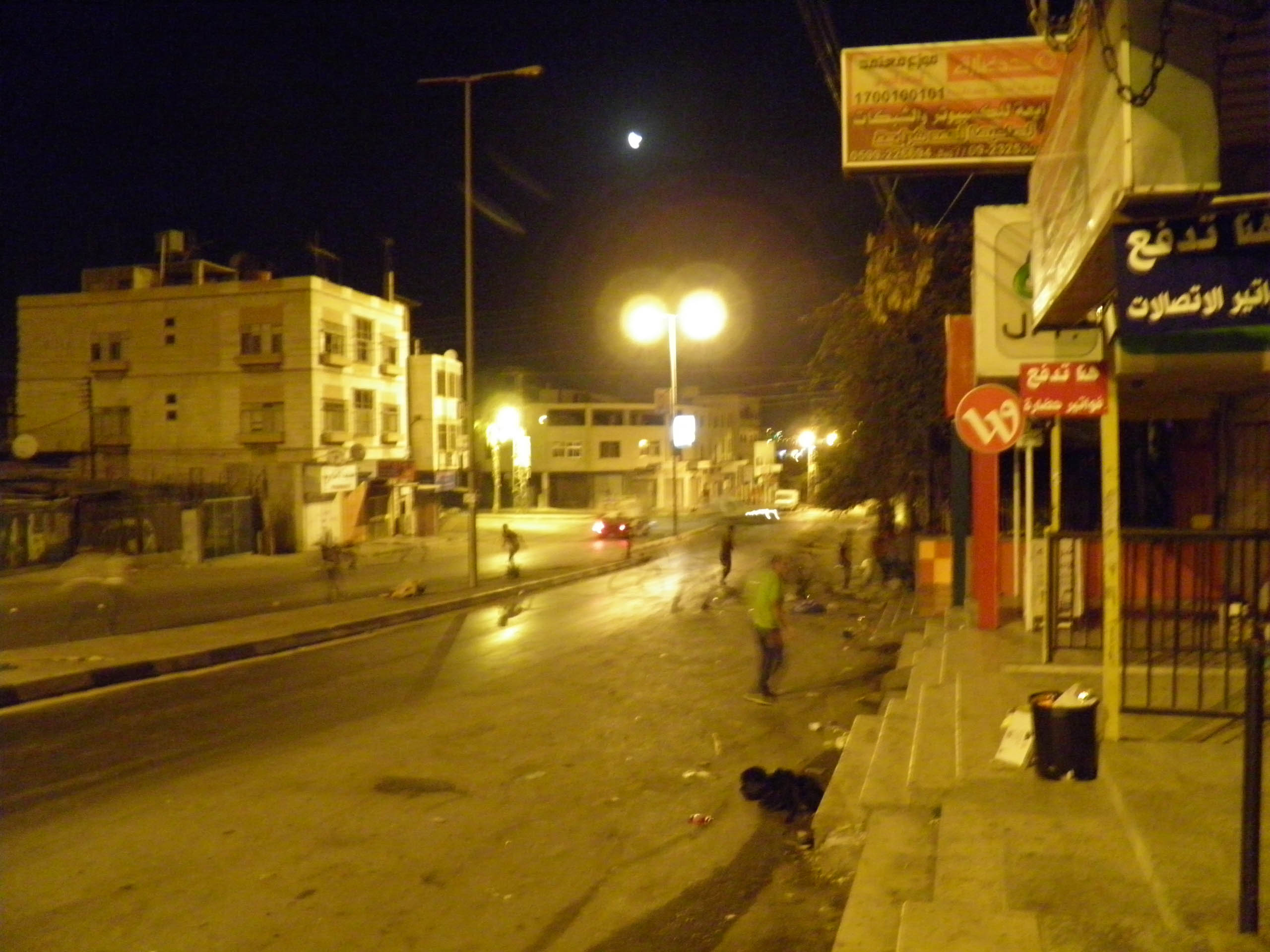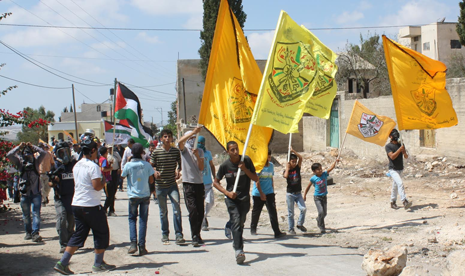Category: Nablus
-
Palestinian school set on fire
21st September 2013 | International Solidarity Movement, Nablus team |As-Sawia, Occupied Palestine On the evening of the 10th September, unknown assailants broke into the As-Sawia Secondary School, forced open the door and set the school on fire. Bedouins living close to the school saw the fire and alerted the fire brigade. By the time it was put…
-
Israeli settlers and soldiers invade Balata refugee camp
20th September 2013 | International Solidarity Movement, Nablus team | Occupied Palestine On the 17th of September, under heavy Israeli army protection, Israeli settlers from nearby illegal settlements entered Nablus with the aim of praying at Joseph’s tomb in Balata refugee camp. Just after midnight, the Israeli army closed the district that surrounds the monument, blocking all the…
-
Israel army cuts electricity to Kufr Qaddum, six villagers dependant on oxygen machines evacuated to hospital
14th September 2013 | International Solidarity Movement, Nablus Team | Kufr Qaddum, Occupied Palestine Kufr Qaddum was without the electricity since 11pm on Thursday night. Six villagers who are dependant on oxygen machines have been evacuated to the nearby hospital in Nablus. The following morning, at the Friday village demonstration, a young man was hit in…



